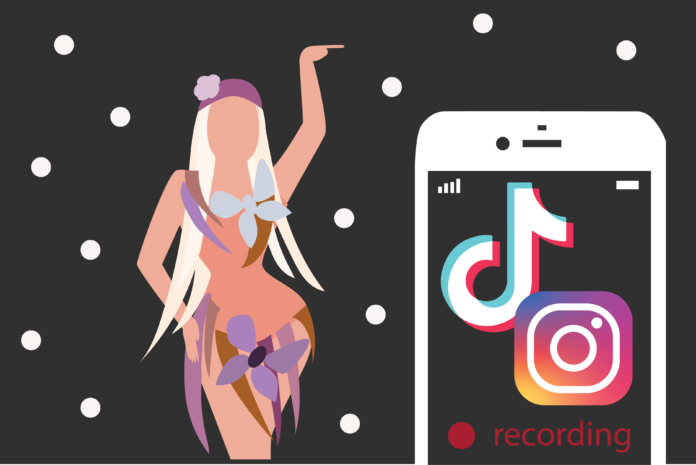How social media has reshaped our idea of fame
We live in the age of the influencer — there’s one everywhere you look, from the Met Gala red carpet to the couch of any relevant talk show host — but how did our celebrity culture get so diluted?
Being deemed “famous” used to hold a certain weight in society. Celebrities were put on an almost untouchable pedestal, and it seemed absolutely out of reach for “normal” people to get even a taste of their acclaim. However, it seems like anyone has the ability to become a household name overnight as long as the algorithm is on their side.
It is thought that influencers can be dated back to the Middle Ages. There have always been people with more reach on others, who could start certain societal trends or influence the zeitgeist.
But there’s no denying that the boom of social media in the 2010s completely changed the game. All of a sudden, people had the ability to accumulate a huge following in an insanely short amount of time.
One of the earliest examples of the modern social media influencer is Caroline Calloway. As one of the first people to create Instagram posts that were actually vulnerable (as opposed to an oversaturated picture of some palm trees with the hashtag #vacaymode), she paved the way for the oversharing culture of social media. She also was one of the first to be sponsored on the app.
It’s worth mentioning that Calloway even went so far as to write a book through Instagram posts, but when she finally secured an actual book deal for just shy of $500,000, she didn’t follow through with it because she felt it was disingenuous.
Calloway and others of her time opened the door for a stream of well-known Internet personas to follow in their footsteps. These influencers existed in every corner of the internet and varied in popularity. From the YouTubers with 10s of millions of subscribers (i.e. David Dobrik, Bethany Mota, Pewdiepie, etc.) to the mega-famous TikTokers of today that amass hundreds of millions of followers (Charlie D’Amelio was the first to crack this barrier on the app), they created a new, immensely lucrative online business model.
Social media has become so saturated that having 10,000 followers on Instagram now constitutes the user as a “nano-influencer”.
As a result, social media has created jobs with the potential to make an immense amount of money. Teenagers and young adults on these apps are earning millions of dollars a year in a career that requires little to no schooling.
The argument could also be made that the predecessors of our modern influencers were the socialites and reality TV stars of the early 2000s (think Paris Hilton, Lindsay Lohan, Kim Kardashian, Snookie and their circles).
When they first broke onto the scene, many of these women were surrounded by a whirlwind of controversy. The public did not know what to make of someone like Kim Kardashian — she didn’t seem to possess any of the qualities that would typically propel someone into stardom, like a talent for singing or acting, yet she still had American pop culture wrapped around her finger.
America’s obsession with the Kardashian-Jenners is the perfect analogy for the public’s general view on influencers. They exist in an interesting space in modern pop culture. People love to hate them, and the more controversy they are surrounded in, the more attention, fame and money will be thrown at them.
That’s why social media has evolved into a materialistic, competitive space, where influencers compete to see who can pull off the most outlandish controversies and be the one trending on Twitter the next day.
Who knows how celebrity culture will evolve next? With the possibility of any internet user going viral, Hollywood’s elite status will likely continue to wither away in the years to come.
Written by: Clara Fischer — arts@theaggie.org




